James Ajoo, a man who grew up in Chennai, realised that his grandfather was a pawn in one of the greatest heists of the 19th century – the Great Tea Robbery.
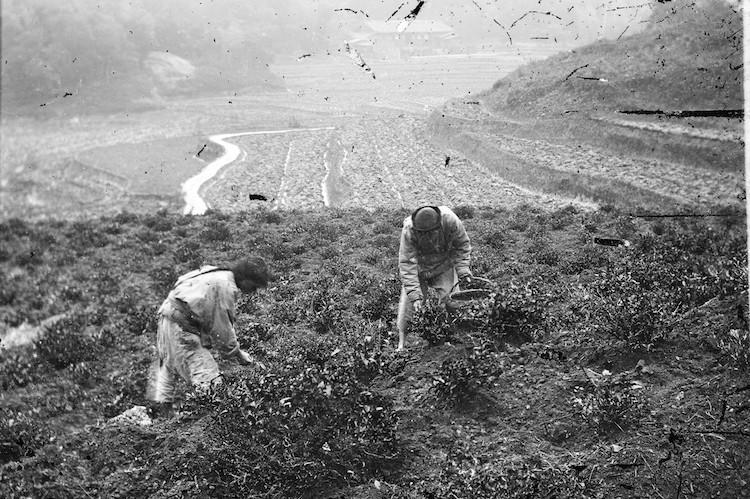
When James Ajoo, a Chennai-based English professor, was growing up, he often wondered why his surname was so different from that of his classmates. It was not a typical South Indian name – for that matter, it didn’t even sound Indian. When he asked his paternal grandmother, her answer was so unexpected that it set him off on a quest to trace his roots.
His grandmother told him that his ancestor was one of the six Chinese tea manufacturers that Robert Fortune smuggled into India to help the English manufacture tea, harvested from their newly planted tea estates. Some of these estates are in what is now The Nilgiris in Tamil Nadu. His grandfather was a primary player, albeit a pawn, in one of the greatest heists of the 19th century – the Great Tea Robbery pulled off by Robert Fortune, a botanist and plant hunter who stole tea from Imperial China.
In modern day terms, there are three serious violations: Geographical Indications (GIs), bio-piracy and the theft of a process.
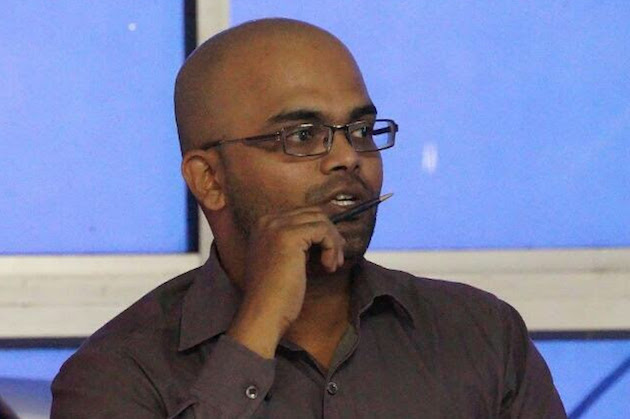
James questioned other older members of his family, but none of them knew anything more. The information he had gathered was inadequate. Several years later, when James went to the US to study, he found the time and resources to further research his ancestor, the mysterious John Ajoo.
European interest in China
Since the Ajoo family story in India is tied up with that of Robert Fortune and the nascent tea industry in India, let’s start with the Scottish botanist. What made him a hero in the times he lived in and a villain thereafter? Robert Fortune was best known for stealing tea plants from China, the only country where tea was grown at that time. Tea growing and manufacture in China was a closely guarded secret.
Trade with China was much sought after by the European trading powers of that time, primarily the English, Americans and the Dutch. Trade with China grew and flourished right through the 18th century, when the English East India Company traded woolens and Indian cottons for Chinese tea, silk and porcelain.
However, with the widespread popularity of tea in England, tea soon became the single largest export item out of China, while the imports declined. The Chinese made things more difficult by insisting that tea has to be paid for in silver. Soon, there was a shortage of silver and the English were forced to look for other commodities to offset the balance of trade.

Credit: Wellcome Library, London. Wellcome Images
images@wellcome.ac.uk
http://wellcomeimages.org
Fukien province, China: women tea plantation workers. Photograph by John Thomson, 1871.
1871 By: J. ThomsonPublished: –
Copyrighted work available under Creative Commons Attribution only licence CC BY 4.0 http://creativecommons.org/licenses/by/4.0/
This is when they introduced opium grown in India to China, which proved to be a profitable business.
The tea robber
After the Treaty of Nanking in 1848, Fortune was sent by the Royal Horticultural Society to collect exotic plants from China, tea primarily. The latter was to be replanted in parts of India which was considered to be congenial to tea and thus break China’s monopoly of global trade.
“The task required a plant hunter, a gardener, a thief, a spy,” writes Sarah Rose, in her award-winning book ‘For All the Tea in China’, which charts Fortune’s great British Tea Robbery. Though some of the saplings perished, the tea seeds brought back by Fortune were instrumental in starting the tea industry in India and breaking Chinese monopoly on tea.
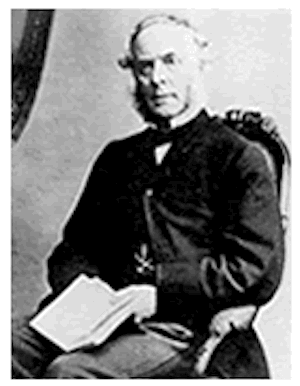
In 1849, Fortune disguised as a wealthy Chinese trader travelled to the remote tea growing areas in China and witnessed both green and black tea being processed. He realized that manufacturing tea was a complex and intricate process and experienced tea manufacturers would be required. So, he recruited a team of experienced tea farmers and manufacturers from Hawgchow, present day Huizhou in the Anhui province of China, with help of Chinese contractors called Wang tih Poon and Hoo. Fortune and this small band of Chinese set sail for India from Shanghai.
John Ajoo enters India
James Ajoo, now in his 30s, is of the opinion that his ancestor took the name John when he arrived in India, because he had been secretly converted to Christianity by the Jesuits who had been active in China since 1582. The name Ajoo, he says, could be the phonetic pronunciation of a Chinese surname.
James started his research by digging deep into the available material on the internet. After months of searching, he finally got lucky when he found a log entry made on February 15, 1851 which mentions that the Chinese tea manufacturers are to be paid from that date and the order was to be executed by the Chinese contractor Wang tih Poon.
Ajoo was clutching at straws but persisted in his search; he combed through endless maritime lists and passenger arrivals lists and then finally, struck gold when he found an old notice of passenger arrivals into Calcutta port on November 27, 1851, when the streamer Lady Mary Wood docked in Calcutta with six Chinese on board. (Most records show that there were eight Chinese – six tea manufacturers and two pewterers, whose sole job was preparing lead casings to the tea chests).
When Ajoo came to Nilgiris
James Ajoo followed the progress of the Chinese tea manufacturers who were sent to work in the tea gardens of the North-West Province. It was hard work, (for James Ajoo) for there was but a scant mention here or there. In May 1862, the Chinese left government service and entered private employment for higher wages.
The next year, a report on the tea plantations in East Indies made to the House of Commons mentioned that Dr HFC Cleghorn, Conservator of Forests of the Madras Presidency, had asked the government for Chinese tea manufacturers to help tea growers in the Neilgherries (as Nilgiris was spelt those days). This report also states that there were no Chinese tea manufacturers available for the Nilgiris planters, and instead “native” tea manufacturers were offered.
However, may be because of continued pressure from the Nilgiris planters, two Chinese tea manufacturers were sent to the hills in 1864, one of them being John Ajoo. It is interesting to note that these two were not the only Chinese in the Nilgiris at the time.
Did Chinese PoWs teach Indians how to manufacture tea?
Between 1856 and 1860, the British brought in Chinese Prisoners of War (PoWs) captured during the second Anglo Chinese war, also known as the Opium Wars, which involved British trade in opium to China and China’s sovereignty. Chinese prisoners were also brought to the Nilgiris from the Straits Settlements of Singapore, Malacca, Dinding and Penang. They were initially sent to the Nilgiris because of the overcrowding in the Madras jails, but later, when it was discovered the Chinese were good workmen, they were put to work in the newly opened tea and cinchona plantations.
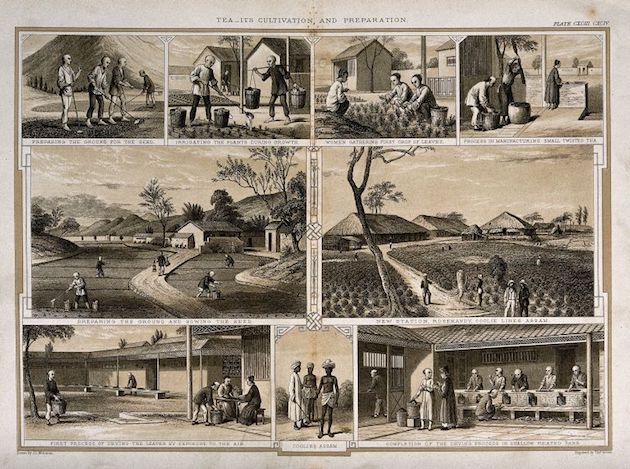
Many senior Nilgiri planters have poofed the idea that the Chinese PoWs taught the pioneer planters how to plant and manufacture tea, mainly because the PoWs were mostly seafaring men with no experience in tea farming or manufacture. Sir Percival Griffiths, a British civil servant and tea historian is one who dismissed claims that Chinese PoWs instructed planters how to plant and manufacture tea. But records indicate that at this time, Miss Cockburn, (pronounced Coburn) daughter of the Collector of Salem and pioneer tea and coffee planter, had one Chinese man help on the tea estate near Kotagiri, while Thaishola Estate, where many PoWs were housed, has anecdotal evidence that the Chinese planted tea and has a Jail Thottam (garden) even today.
Chinaman’s field
James Ajoo at this point, reiterates that his ancestor, John Ajoo, a free man, worked with some planters in the Nilgiris for a short while and was then lured away to work with a tea planter called AW Turner, who founded the North Travancore Land Planting Agricultural Society in Munnar.
S Muthiah, the Chennai based historian, in his book “A Planting Century” which records the history of South India’s plantations has made a mention of John Ajoo, a Chinaman who planted 13 acres of tea in Munnar, and this plot of land was known popularly as the Chinaman’s Field.
Somewhere along the line, John Ajoo married a local woman, though there is no mention of that. (It would be pertinent to note that most of the Chinese PoWs who settled down in Nattuvattom, a small hamlet in the Nilgiris where the Government cinchona factory was located, married local women and lived the rest of their lives tending cattle and growing garden vegetables.)
The Chinaman’s son
\John Ajoo’s son John Antony, referred to as the Chinaman’s son, was born in June 1869 and would become the owner of a small estate called Vialkadavu near Talliar Estate in which the Turner family had an interest.
Now John Antony was quite a colorful character and had worked in a provision store owned by an Englishman in Munnar town. He taught himself English, joined the Anglican Church and endeared himself to the English planters in the area. He was a skilled tracker and shikari and in the course of time, became a favourite with the planters for the hunting jaunts; which lead him to be acquainted with the Sri Kerala Varma Valiya Koilthampuranan, who was married to Her Highness Bharani Thirunal Lakshmi Bayi, the adopted niece of the Maharajah of Travancore.
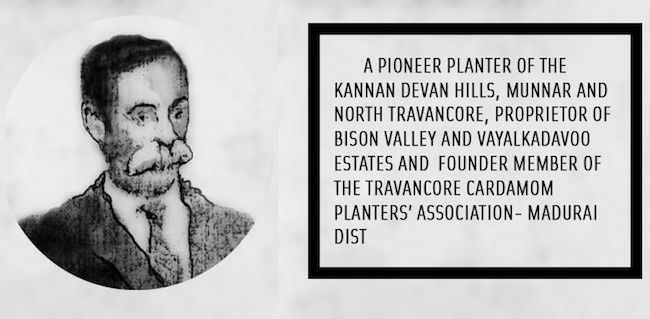
Anecdotal evidence within the family is that, the marriage of John Antony to Mariamma was brought about by none other than the Koilthampuranan himself. Mariamma, it is said, was a child widow of a member of royal family. Nothing more is known of the mysterious Mariamma (that may not even be her real name) as there is no documentary evidence to the marriage or her background.
John Antony died when he was 82 after establishing himself as a planter and with a large acreage under him. He was also a founder member of the Travancore Cardamom Planters Association in Madurai district. Subsequently, the Ajoos moved away from the plantations and turned to the Church with many of them becoming pastors.
James Ajoo has never visited the land of his ancestor but hopes to do so one day. But now he has a story to tell too, of John Ajoo’s long journey from the tea growing farms of his youth in China, to the High Ranges in the south of India. One wonders, did John Ajoo ever think of going back home? We will never know.
source: http://www.thenewsminute.com / The News Minute / Home> History / by Nina Varghese / Sunday – October 22nd, 2017